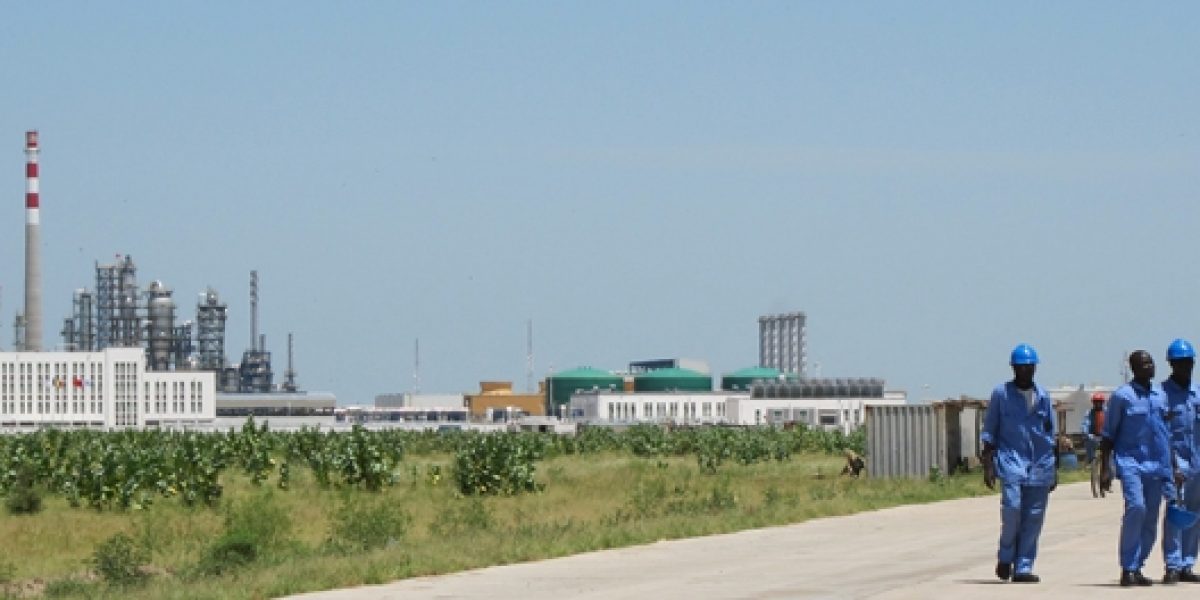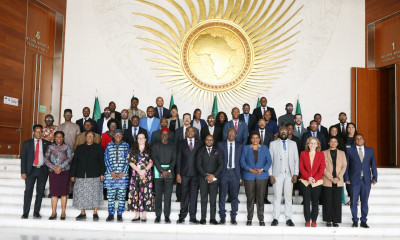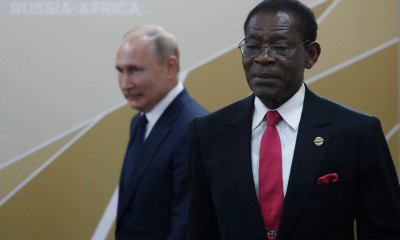But, as two case studies in a new paper illustrate, Chinese operations in Africa are not homogenous and engage with their respective host environments in dynamic ways.
Africans have become used to the fact that hardly a week goes by without a major news item covering a novel Chinese investment or business deal happening somewhere in Africa. While China’s impact is felt throughout the entire world, it is the strengthening of ties and growing presence in Africa that are often portrayed as a direct reflection of China’s rapid ambition (both economically and politically) to ‘take over the world’. The related narrative of ‘China out-competing everyone else’ seems to be highly visible and prominent when it comes to depicting Chinese engagements across the African continent.
Yet, according to one of David Shambaugh’s main arguments, China’s footprint across the globe is increasingly broad but not particularly deep. This statement, which disputes the idea of an impending China ‘threat’, raises questions about the level of embeddedness of the Chinese presence in Africa, as it has gradually become a tangible part of the economic, physical and virtual landscape. This is even more topical given the continuous commodity price slump alongside the more recent slowdown of the Chinese economy.
While the body of academic work on China-Africa has grown tremendously over the past decade, the bulk of research outputs have either focused on political, economic or sociological aspects. However, when trying to seize the extent to which Chinese capital plays a role in affecting the host context and vice-versa, the spatial dimension, often left out or neglected, provides a useful lens to reading and understanding the evolving Chinese foothold in Africa. The ways these ventures are structured and unfold are also related to specific temporalities.
Thus, in comparison to other foreign (more ‘traditional’) economic actors, most Chinese economic undertakings in Africa have been characterised by a relatively late development. Additionally, the unfolding of Chinese capital also allows raising the following question: Do these forms of economic engagement remain selective and increase territorial fragmentation (in the form of disconnected enclaves) or, on the contrary, do they create or at least facilitate a broader and more inclusive spatial approach allowing backward and forward linkages?
Drawing from two case studies; namely the launch of a Chinese oil activity in Chad and the opening and development of Chinese shopping malls in South Africa, the new paper ‘Of other spaces? Hybrid forms of Chinese engagement in Sub-Saharan Africa’ takes a closer look at how these economic activities relate to their respective host environment.
Click here to read the new paper in full, ‘Of other spaces? Hybrid forms of Chinese engagement in Sub-Saharan Africa’.
Importantly, host environments are not passive recipients. Consequently, the foothold and long-term viability of these activities seem to be largely conditioned by their ability to quickly react (and adapt) to challenges within those host contexts and beyond. Furthermore, circumstances and procedures that have facilitated the launch of Chinese activities are not necessarily the ones that guarantee the continuation of operations. In both case studies, the Chinese activities are simultaneously characterised by closure and interaction, creating a dynamic ambivalence with its own set of unique practices. This position of flexible ‘in-betweenness’ and process of ‘hybridisation’, not only from a spatial but also an economic point of view, seem to be attributes that help increase the economic viability of Chinese activities looking to gain a stronger foothold in their respective host economy.









